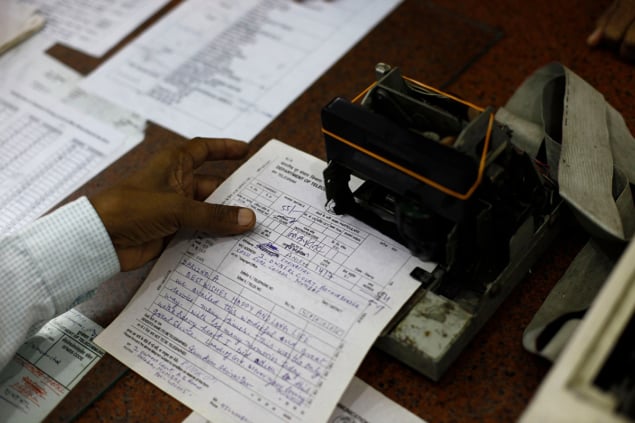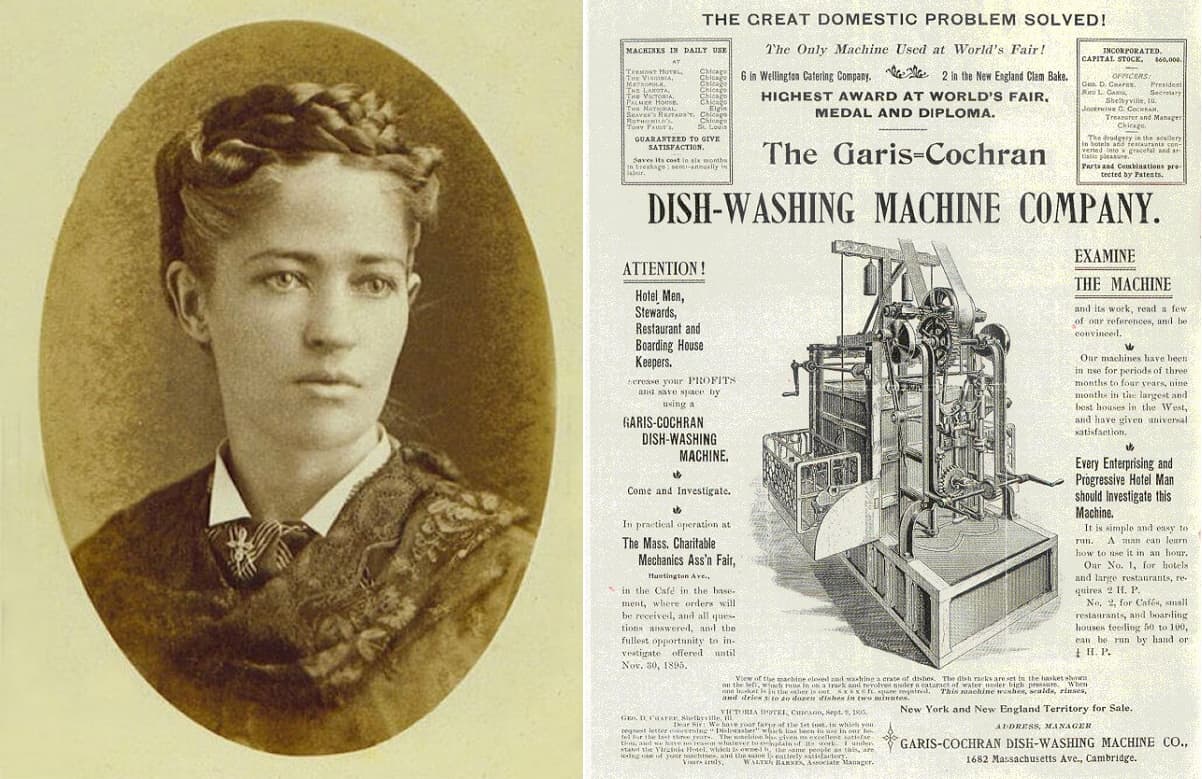
String, nail, magnet, pump: the contents of Nuts and Bolts: Seven Small Inventions That Changed the World (in a Big Way) reads more like a list for a visit to a hardware shop than a book about engineering. But understanding and appreciating the remarkably simple objects that enable modern life might help us to engineer new solutions to tackle some of the world’s biggest challenges. From telegrams to washing machines, from the COVID-19 vaccine to the International Space Station, complicated contraptions rely on these seemingly modest components. At least, that’s what engineer, physicist and author Roma Agrawal says in her latest book.
Nuts and Bolts begins with Agrawal coaxing a steel rod out of a 1000 °C furnace, sees her dismantling ornate watches with the UK’s first doctor of horology (the study of mechanical time-keeping devices) and chatting to British cardiologist, writer and comedian Rohin Francis, who has an extremely popular YouTube channel called Medlife Crisis. But this book is about much more than simply engineering. It’s about the thrill of discovery, the passion of craftspeople and the effort involved in translating an idea into reality.
Agrawal couples precise science with exceptional storytelling, and while she diligently documents the intricacies of bicycles, cameras and heart pumps, her real enthusiasm lies in much bigger structures
Whether it’s LEDs or lasers or the Large Hadron Collider at CERN, there’s a lot of physics in this book, too. Having first studied physics at the University of Oxford, Agrawal later trained in structural engineering and has worked for some of the UK’s largest engineering firms. Her curiosity, talent and personal experiences are woven between careful drawings and technical descriptions.
Agrawal couples precise science with exceptional storytelling, and while she diligently documents the intricacies of bicycles, cameras and heart pumps, her real enthusiasm lies in much bigger structures. Perhaps unsurprisingly, she’s particularly excited by those that she played a hand in constructing. For instance, the cables of the Northumbria University Bridge and the complex configuration of bolts required to endure the fierce winds battering the spire of the Shard. Here her text is effortless and her expertise impeccable, as Agrawal herself is the main character.
Elsewhere in the book, we learn about Josephine Cochrane, an American socialite and inventor from the late-1800s who enjoyed hosting fancy dinner parties in her Chicago mansion. Like Agrawal, engineering was in Cochrane’s blood: her grandfather invented the first steamboat and her father constructed mills. But Cochrane was born at a time when women were afforded little opportunity. Frustrated that her crockery was becoming chipped as it was being washed, Cochrane believed engineering could come up with a practical and efficient solution. With no formal training and little assistance – Cochrane mainly rejected the contributions of the professional (male) engineers for being subpar – in a shed in her back garden, Cochrane invented the world’s first working dishwasher.

She filed her first patent in 1885, was recognized with the highest award at the World’s Columbian Exposition in Chicago in 1893 and went on to set up a business that was bought by KitchenAid and became the Whirlpool Corporation. Apart from Cochrane, Agrawal also introduces readers to others of a similar ilk, including Emily Warren Roebling, who oversaw the construction of the Brooklyn Bridge; Stephanie Kwolek, who discovered the wonder material Kevlar; and Chandra Bose, who contributed to the invention of radio and made serious contributions to our understanding of the biophysics of plants.
Perhaps what I wasn’t expecting was for the book to be so deeply personal, including the story of how engineering is central to Agrawal’s past and critical to her present. India, where Agrawal grew up, has the largest number of engineering institutions in the world. A wheel, which Agrawal uses to explore transport and machinery, is the centre of the Indian flag. “Taar” (meaning “wire” in Hindi), the popular Indian telegraph service that relied on magnets and cables, connected three generations of Agrawal’s family. Stringed instruments, including the tanpura that provided the musical accompaniment to Agrawal’s Indian dance lessons, would go on to inspire C V Raman to describe the scattering of light by atoms that would win him India’s first Nobel prize in science.
Before exploring the “superpowers” that lenses give humans, Agrawal shares a letter to her daughter, Zarya, who was conceived by in vitro fertilization (IVF) – a procedure that involves the use of a microscope to identify and combine cells that could become a baby. It would take another feat of engineering – a breast pump – to give Agrawal the time and strength to write this book. For Agrawal, engineering isn’t just roads and bridges: it enables life itself.
So, while at first glance Nuts and Bolts could be any other book about engineering – there’s a spring, a bike wheel and a bicycle pump on the cover – it is much more than that. With refreshing simplicity, Agrawal delivers a masterclass in providing technical content alongside historical context, uncovering hidden figures, and making innovation come to life. Her honesty, bravery and passion are evident on every page. Agrawal is not your typical structural engineer. She has the power to make seemingly inanimate objects ones of wonder and the ability to make engineering a deeply human story.
- 2023 Hodder & Stoughton 320pp £22 hb
- SEO Powered Content & PR Distribution. Get Amplified Today.
- Platoblockchain. Web3 Metaverse Intelligence. Knowledge Amplified. Access Here.
- Source: https://physicsworld.com/a/deconstructing-structures-making-engineering-and-innovation-come-to-life/



